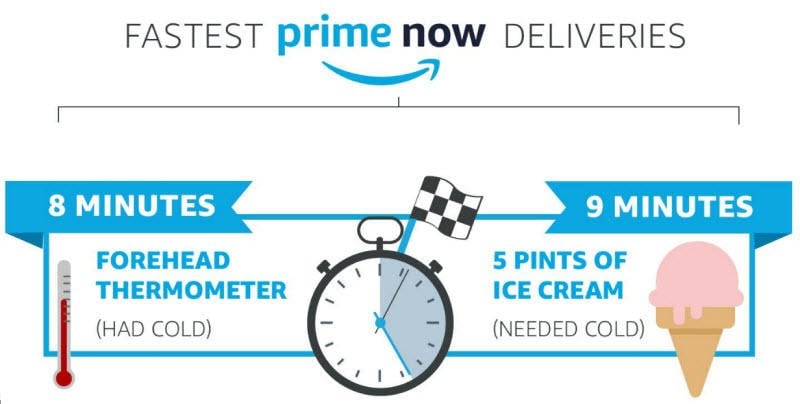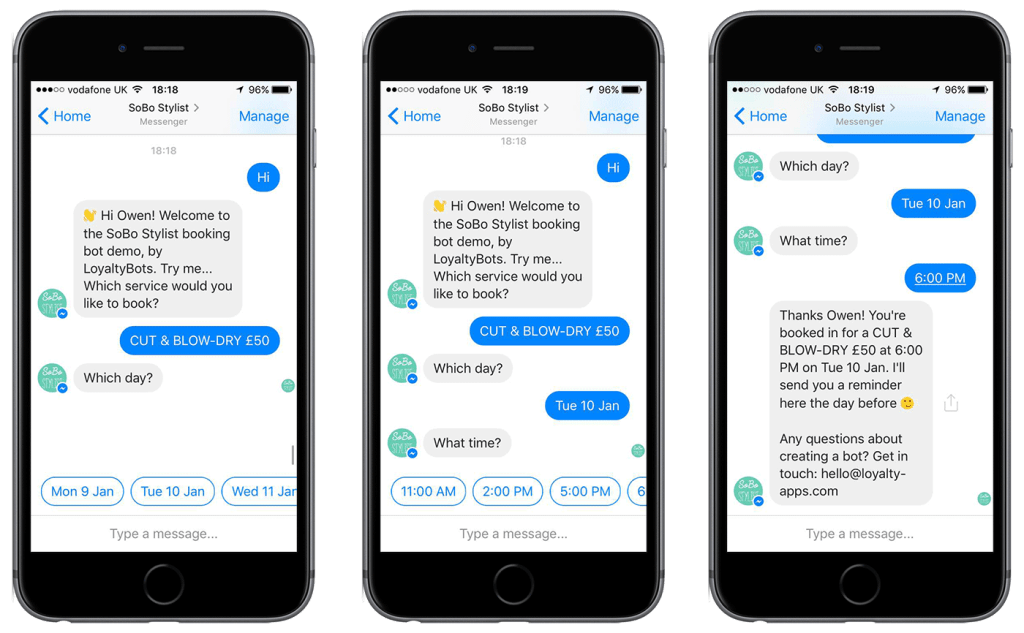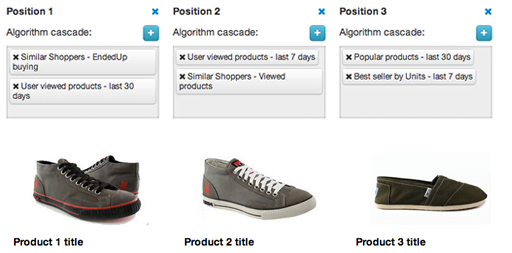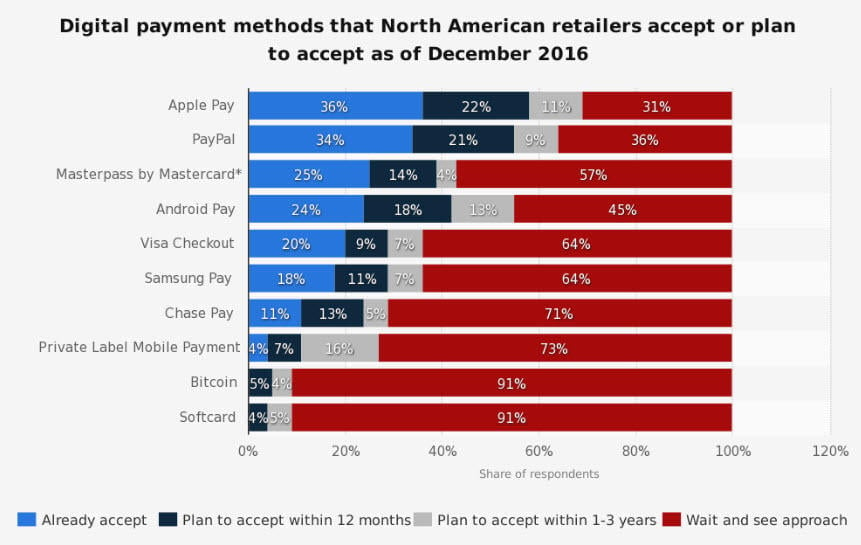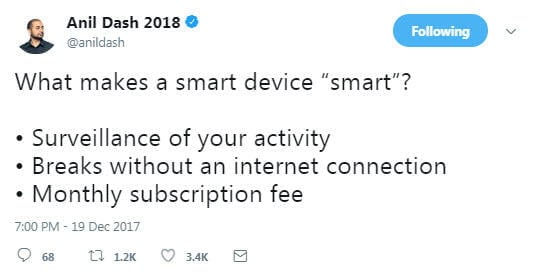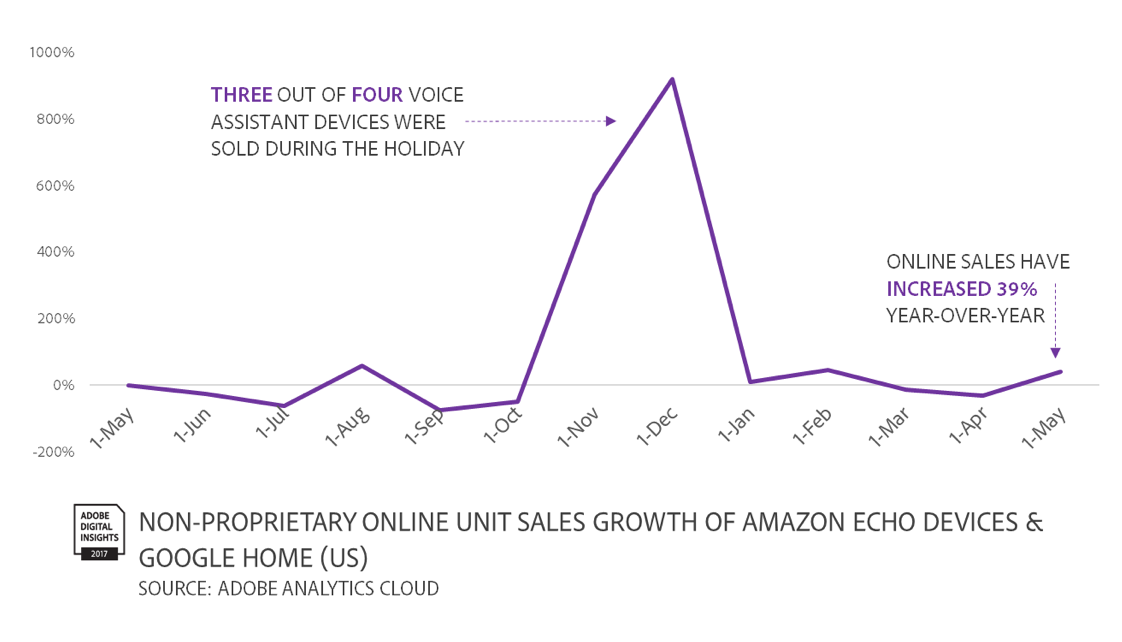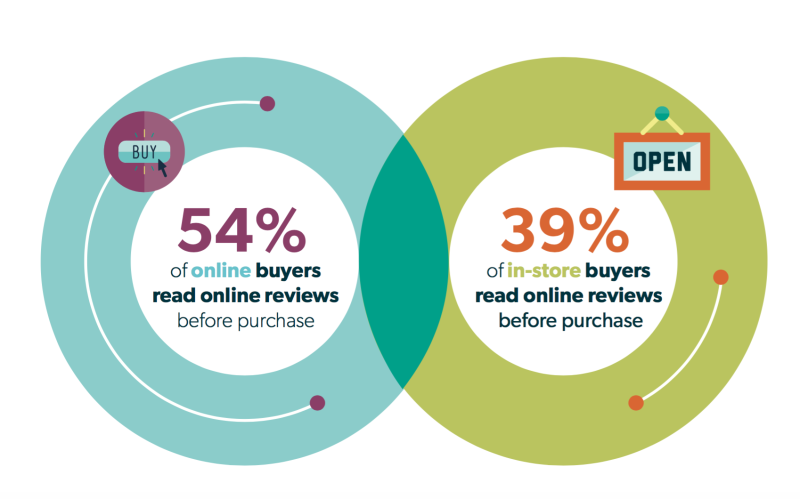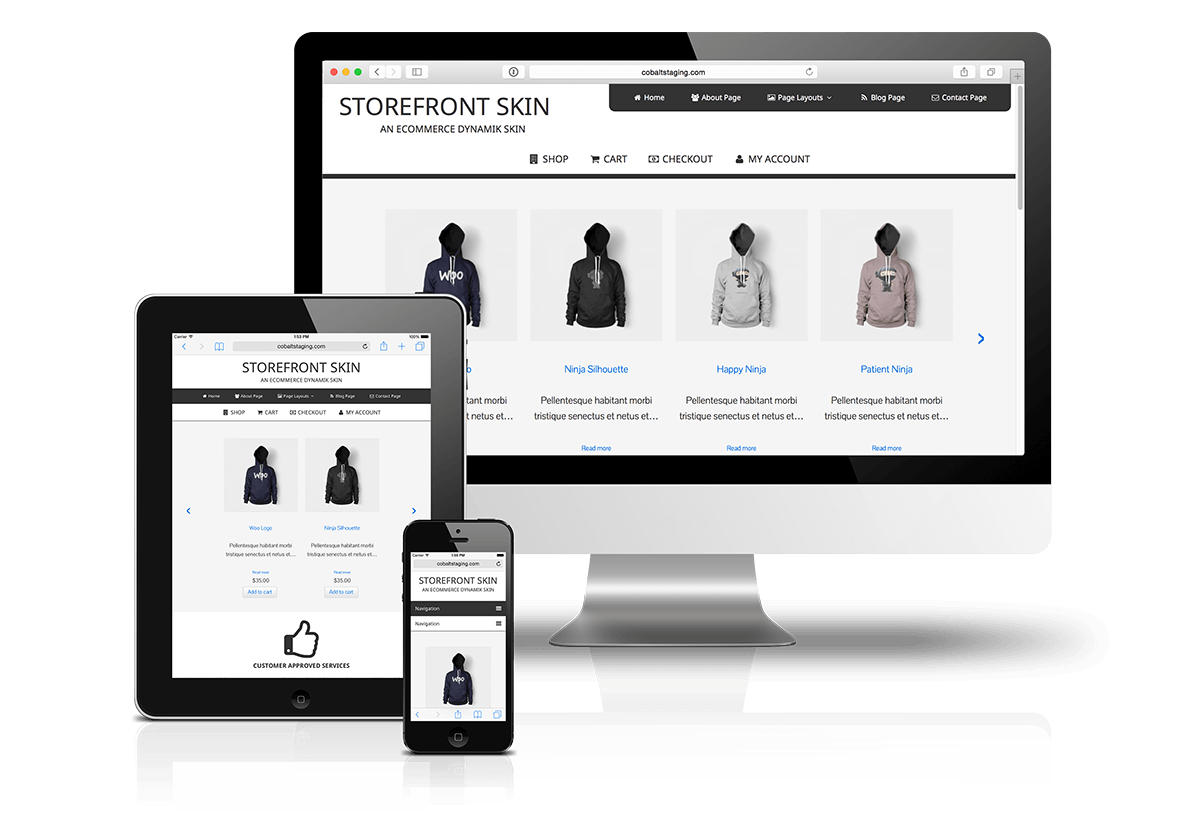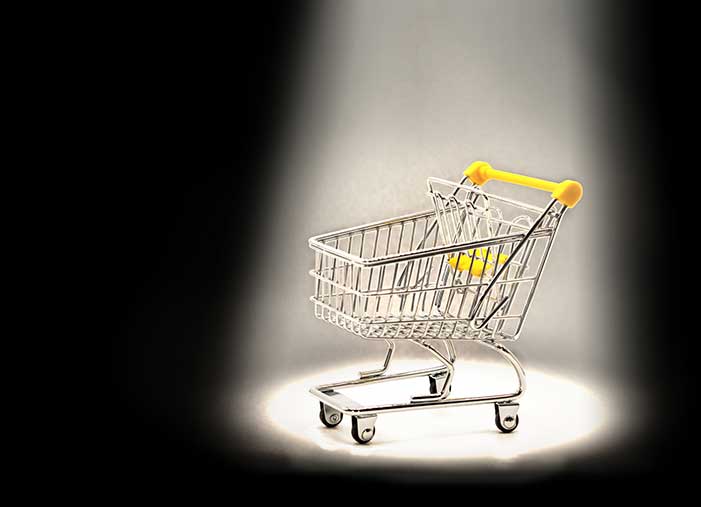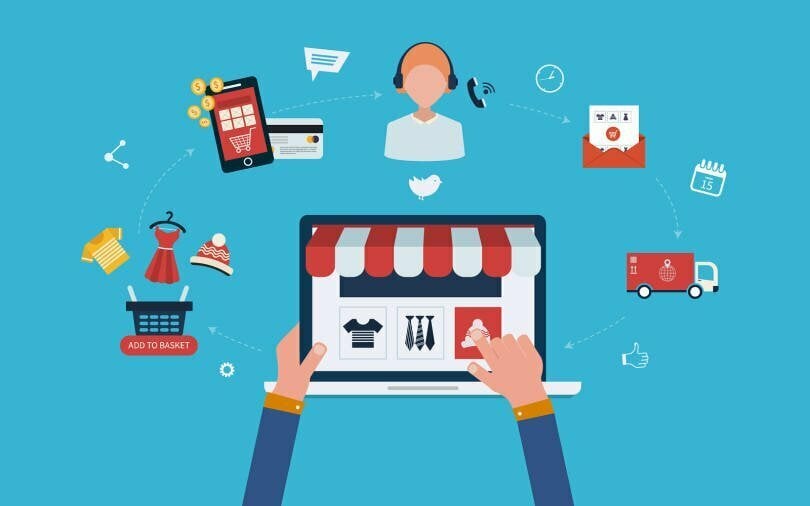
According to a study published by eMarketer in 2016, the ecommerce sector will experience double-digit growth until 2020, when sales are expected to exceed $4 trillion.
Few industries can boast such a bright future, which makes looking forward to what’s next in the world of ecommerce all the more exciting. Today, we’ll be taking a look at seven of the most significant and potentially disruptive ecommerce trends that marketers and consumers alike can expect in 2018.
We’ll be examining the current state of each of these areas, as well as taking a speculative look forward for the rest of the year to see what opportunities – and challenges – ecommerce retailers are likely to encounter in 2018.
1. Faster Shipping and Better Delivery Logistics
Looking beyond the idiosyncrasies of specific ecommerce platforms, one of the very few remaining genuine differentiators in the ecommerce sector is that of shipping times and delivery logistics.
Amazon is the indisputable king of ecommerce delivery, and seems poised to remain on its throne for the foreseeable future. Amazon is notoriously secretive when it comes to specific figures, but an infographic recently published by the ecommerce giant states that Amazon shipped more than 5 BILLION items worldwide via Amazon Prime’s free one- or two-day shipping in 2017. Even more interesting is the data on Amazon’s fastest deliveries – just eight minutes for a forehead thermometer, and just nine minutes for five pints of ice cream.
In 2018, we can expect Amazon and other ecommerce retailers step up their logistics game.
With more than 8,000 Amazon Prime members currently living in areas offering Amazon Now’s one-hour(!) delivery service – and Amazon’s plans to expand the service even further this year – reducing the time between click and delivery is likely to become one of the bloodiest fights on the ecommerce battlefield this year. Combined with other emerging technologies such as driverless freight envisioned by automotive companies such as Mercedes-Benz, logistical improvements will drive (get it?) the ecommerce sector forward this year.
2. Greater Integration of AI and Machine Learning
Given the appetite for machine learning technologies in Silicon Valley and beyond, it’s inevitable that the ecommerce sector will continue to be disrupted by greater integration of artificial intelligence and machine learning technology in 2018.
Machine learning has already been integrated into many ecommerce systems, from product recommendation engines to improved search functionality. However, 2018 will see a dramatic increase in the applications of these technologies, allowing ecommerce retailers to offer customers exactly what they want in less time with less effort.
One technological area of ecommerce that has already seen remarkable advances in both sophistication and adoption has been the rise of the customer service chatbot, and we’ll likely see continued development of these “conversational agents” in 2018.
These applications will become increasingly helpful and will be able to handle a more complex range of tasks, from problem resolution to assisted transactional functionality. Facebook has already offered some retailers access to new chatbot tools that allow conversational agents within Facebook Messenger to handle payments directly within the app, without forcing users to process their transaction on another site.
Product recommendations are also poised to become even more accurate and helpful thanks to machine learning technologies. We’ll see a move away from keyword-based recommendations to systems that factor in a wider range of signals, from product purchase histories to thematically and semantically related products and greater personalization of results based on consumers’ shopping preferences.
Image via Vibetrace
Advertisers can also expect to see greater adoption of machine learning within Google Ads (formerly known as Google AdWords) and other online advertising platforms. Systems such as Smart Goals and Smart Bidding will become, well, smarter and more accurate, and it’s likely that more advertisers will turn to these tools as a way to maximize the impact of their campaigns – albeit in an opaque way.
3. Augmented Reality Inches Closer to the Mainstream
Until very recently, nascent augmented reality technologies have been largely novelties – think Snapchat filters rather than the glittering future once promised by Google Glass and the like. However, this year will see AR tech take a giant stride forward toward true mainstream adoption, with ecommerce businesses leading the way.
Many leading retailers have been refining their AR offerings for some time, and the results have been striking. Everybody’s favorite Swedish furniture retailer IKEA debuted its Place app late last year, which allows you to see how various IKEA products would look in your home. Although early versions of the app were a little buggy (particularly in smaller dwellings with limited floor space), newer iterations are reportedly much more stable and intuitive.
Of course, IKEA isn’t the only player in the ecommerce space vying for a slice of the augmented reality pie. Amazon’s AR View app offers similar functionality, allowing shoppers to see how thousands of products would look in their home without committing to a purchase.
Expect to see competition in the ecommerce AR space to intensify throughout 2018.
4. Explosive Growth in Mobile Checkout and IoT
No list of anticipated ecommerce trends would be complete without the almost-obligatory mention of the continued meteoric rise of mobile – specifically, mobile checkout and payment systems, and the continued rise of internet-connected devices.
Mobile payment has been one of the most dramatic changes to the way people shop since the advent of ecommerce itself. Growth of the mobile payment market has increased steadily year-on-year since 2015, and there are at least 10 different mobile payment platforms available today, including mainstays like Apple Pay and Google Pay (the recently announced merger of Google Wallet and Android Pay), as well as proprietary offerings from banks including Chase and Softbank. (Oh, and don’t forget everyone’s favorite cryptocurrency, Bitcoin.) As we move farther away from cash, it seems inevitable that we’ll see continued adoption and development of mobile payment systems throughout the year and beyond.
Image/data via Statista
However, that’s not to say there aren’t significant challenges to be overcome in the mobile payments space. According to a recent study published by researchers at the University of East Anglia in England, although mobile accounted for 46% of all ecommerce transactions in Q2 2016, mobile conversion rates lag behind desktop conversion rates significantly due to consumer trepidation about mobile shopping, revealing that retailers still have much to do to sway the hearts and minds of their prospects.
Another closely related ecommerce trend that will (unfortunately) gain even greater traction in 2018 is the Internet of Things, or IoT. Contrary to every natural instinct, many companies seem locked in a frantic battle to see who can claim the title of Most Ridiculous Connected Device. So far, we’ve seen “smart” condoms, toasters, bathroom fixtures, and even luggage, and we haven’t hit bottom yet.
Aside from serving as a reminder that not everything can (or should) be “smart,” this trend should also remind us that everything that can connect to the internet can serve as another point-of-sale system, a fact that will doom us to the kind of dreary dystopian future in which even our toasters and refrigerators mock us with annoying ads and special offers.
5. Voice Search Everywhere
These days, it’s becoming increasingly difficult to talk about mobile without mentioning voice search. In 2018, voice will be one of the leading drivers of innovation in the ecommerce space – and not just on mobile.
Image/data via Adobe Digital Insights
Adoption of smart home appliances such as Amazon’s Echo and Google’s Home units has been a major driver of voice search, particularly in the ecommerce space. Data from Walker Sands Digital indicates that almost one-quarter of consumers (24%) own a voice-controlled smart appliance such as an Amazon Echo or Google Home, and a further 20% plan to purchase one in the coming year. Use of these devices to complete purchases has also grown, with 19% of consumers having used their smart appliance to make a purchase, and a further 33% of consumers planning to do so in 2018.
Voice search, particularly in the smart speaker market, isn’t just a neat trick or the novelty du jour; it’s the next stage of customer loyalty. According to data from equities securities research firm Consumer Research Intelligence Partners, consumers that use their Echo to make purchases are among Amazon’s most loyal customers, spending an average of $1,600 per year compared to the $1,300 per-year average of Prime customers, a figure 66% higher than the average Amazon customer spends in a year.
Sales completed via Amazon Echo units also provided retailers with numerous upsell opportunities, with upsell rates of more than 60% observed among some product lines.
6. The Rise of ROPO
ROPO – Research Online, Purchase Offline – has been an observable consumer shopping habit for some time, driven largely by thrifty shoppers and eagle-eyed bargain hunters looking for the best possible deal. In 2018, we can expect to see a great deal more ROPO in the ecommerce sector.
Image/data via Bazaarvoice
ROPO isn’t just the natural evolution of thrifty shopping in today’s digital world – it’s the culmination of the last 15 years of online shopping technology. Consumers like to research products online before making offline purchases because it empowers them to find the products they want at the best possible price, but to retailers, ROPO represents offline conversion tracking at its most effective.
According to Montreal-based ecommerce agency Absolunet, 82% of consumers use their mobile devices to research local businesses, and 18% of local searches results in a sale within 24 hours. By leveraging a range of techniques and metrics, such as mobile payment data, CRM and point-of-sale systems, geolocation tracking, consumer shopping history, social integration, and increasingly personalized advertising experiences, retailers can build incredibly detailed profiles of shoppers who conduct online research before making offline purchases throughout every stage of the customer journey.
British clothing retailer Matalan, for example, discovered that every £1 it spent on Google Ads resulted in £46 of sale revenue, £31 of which was in-store.
7. More Storefront Apps
With so much focus shifting from desktop to mobile, ecommerce shopping will be further transformed this year by storefront apps. Many major retailers have offered apps for several years, and shoppers are already well-accustomed to using dedicated storefront apps to browse and shop from their mobile devices. However, 2018 will see more smaller businesses leverage storefront apps to drive sales and, perhaps even more importantly, customer loyalty.
Image via Cobalt Apps
Data from ecommerce app platform Poq indicates that conversion rates among dedicated storefront apps are approximately 40% higher than those of mobile sites, making the development of such apps a tempting proposition to many retailers. In addition, the average session duration and average order value (AOV) are both significantly higher using storefront apps than mobile sites, which suggests that dedicated apps are likely to become increasingly prevalent throughout the year.
The barriers to entry for app development have never been lower, meaning that even locally focused, family owned businesses can offer customers dedicated apps – and we’re going to see a lot more of this in 2018.
What trends do you think we’ll see in the ecommerce space this year?

